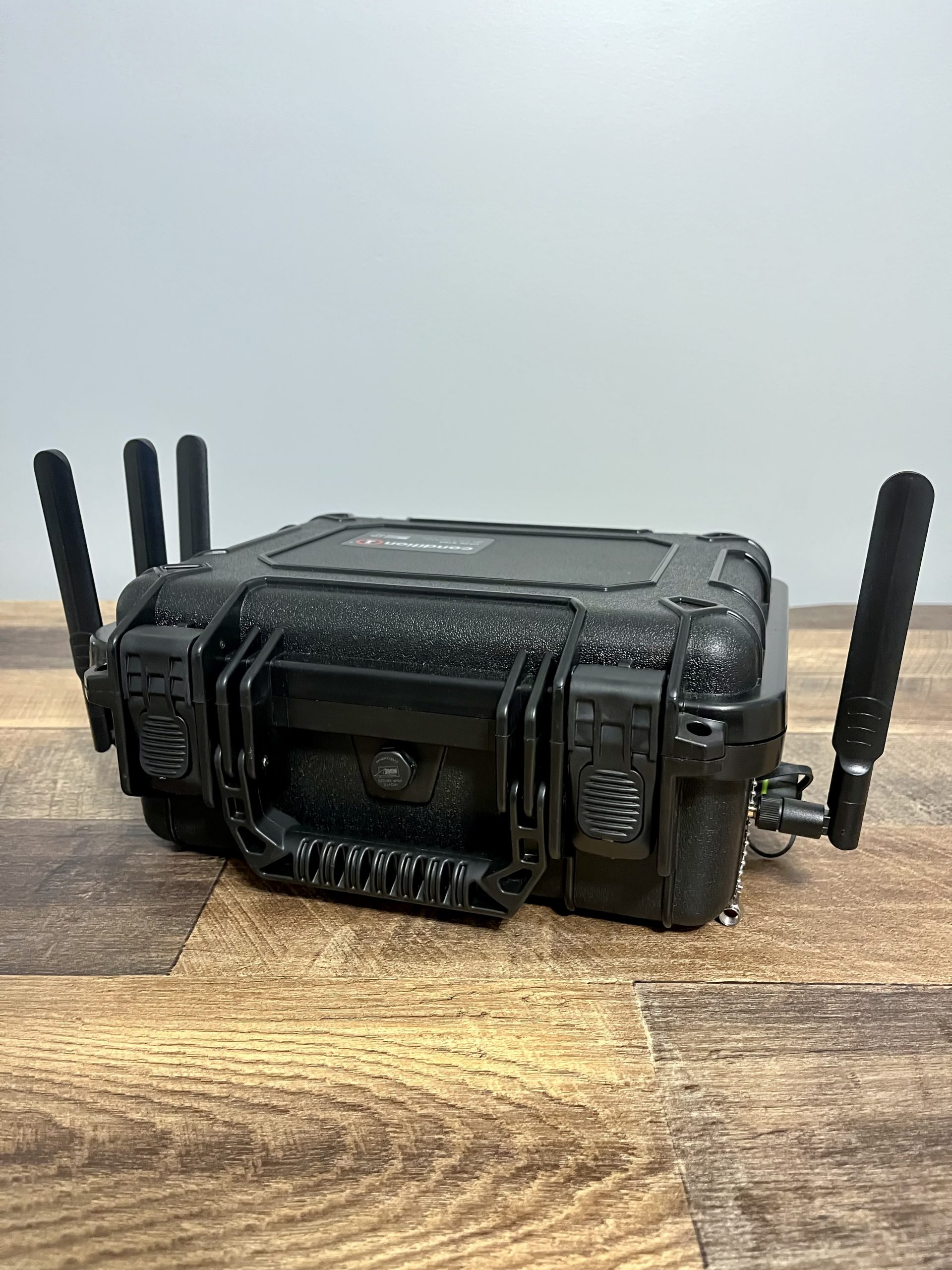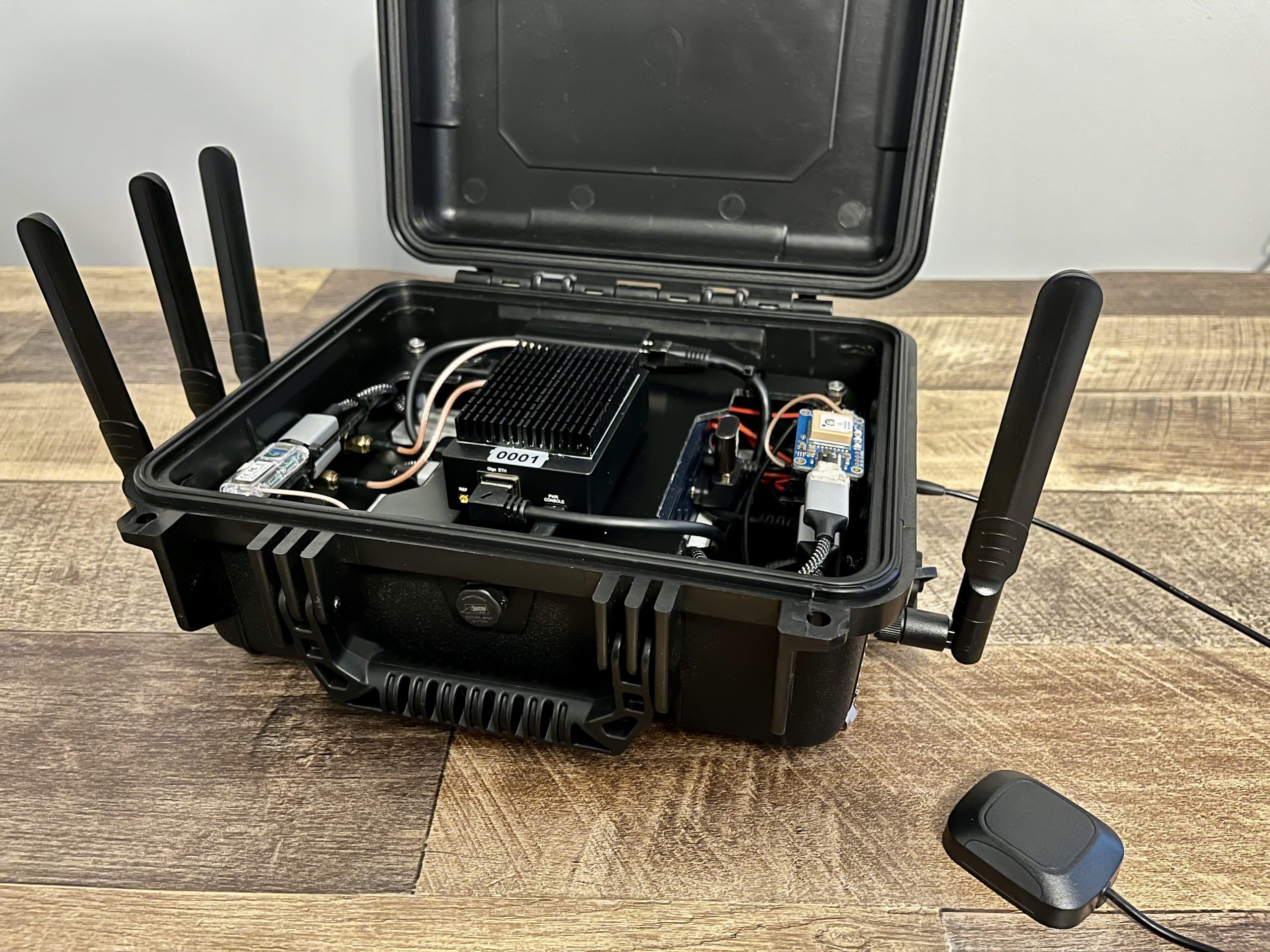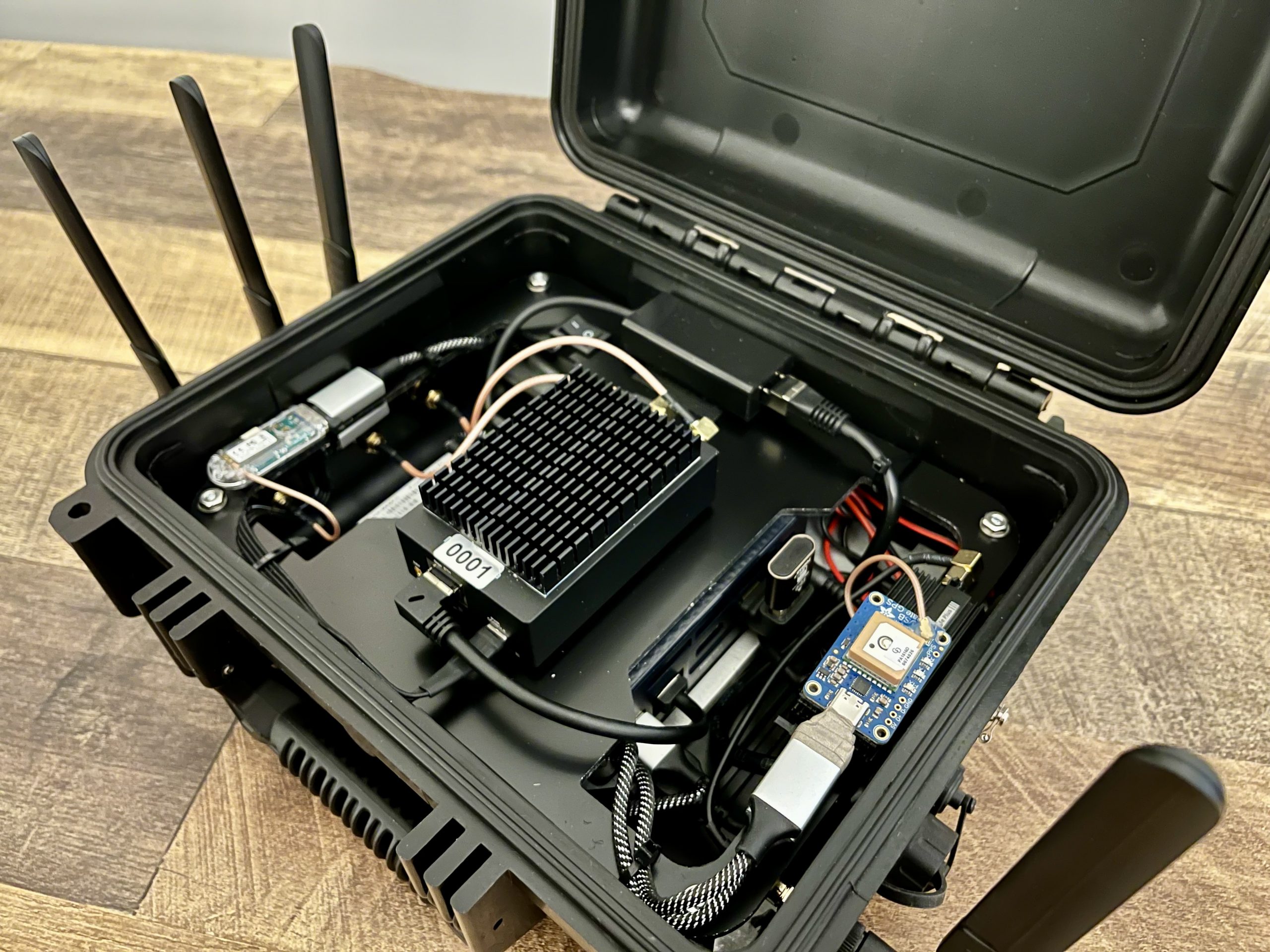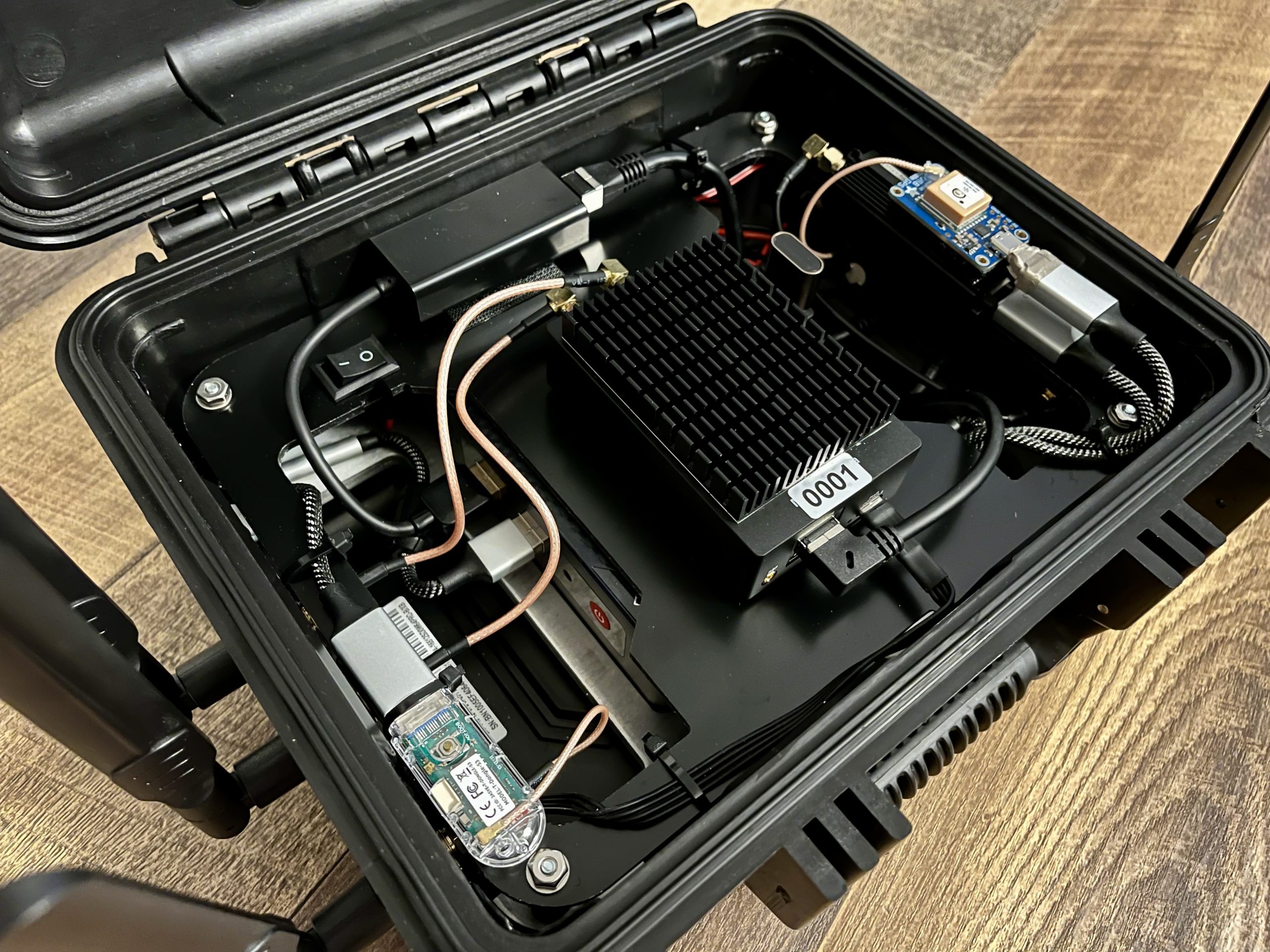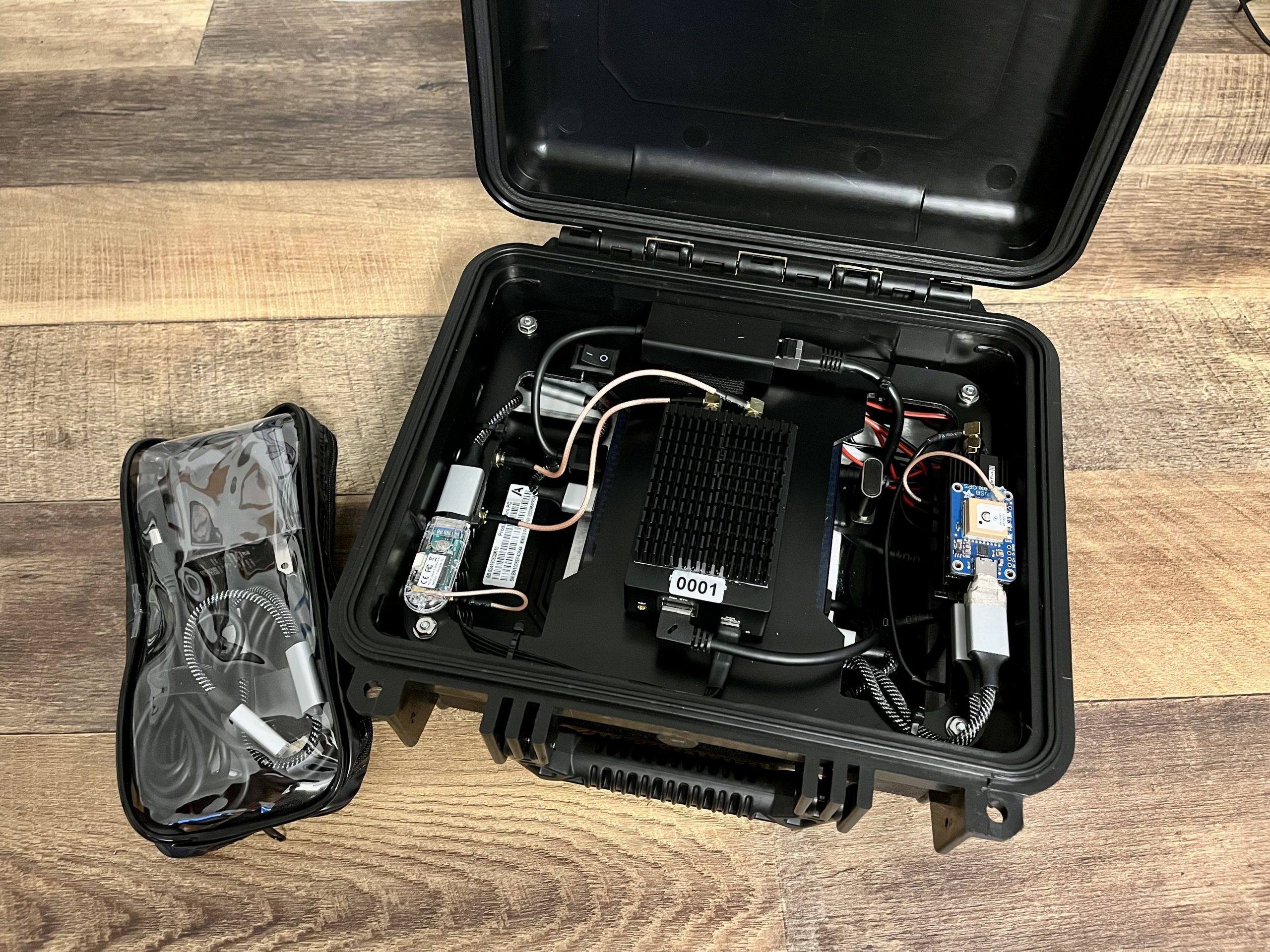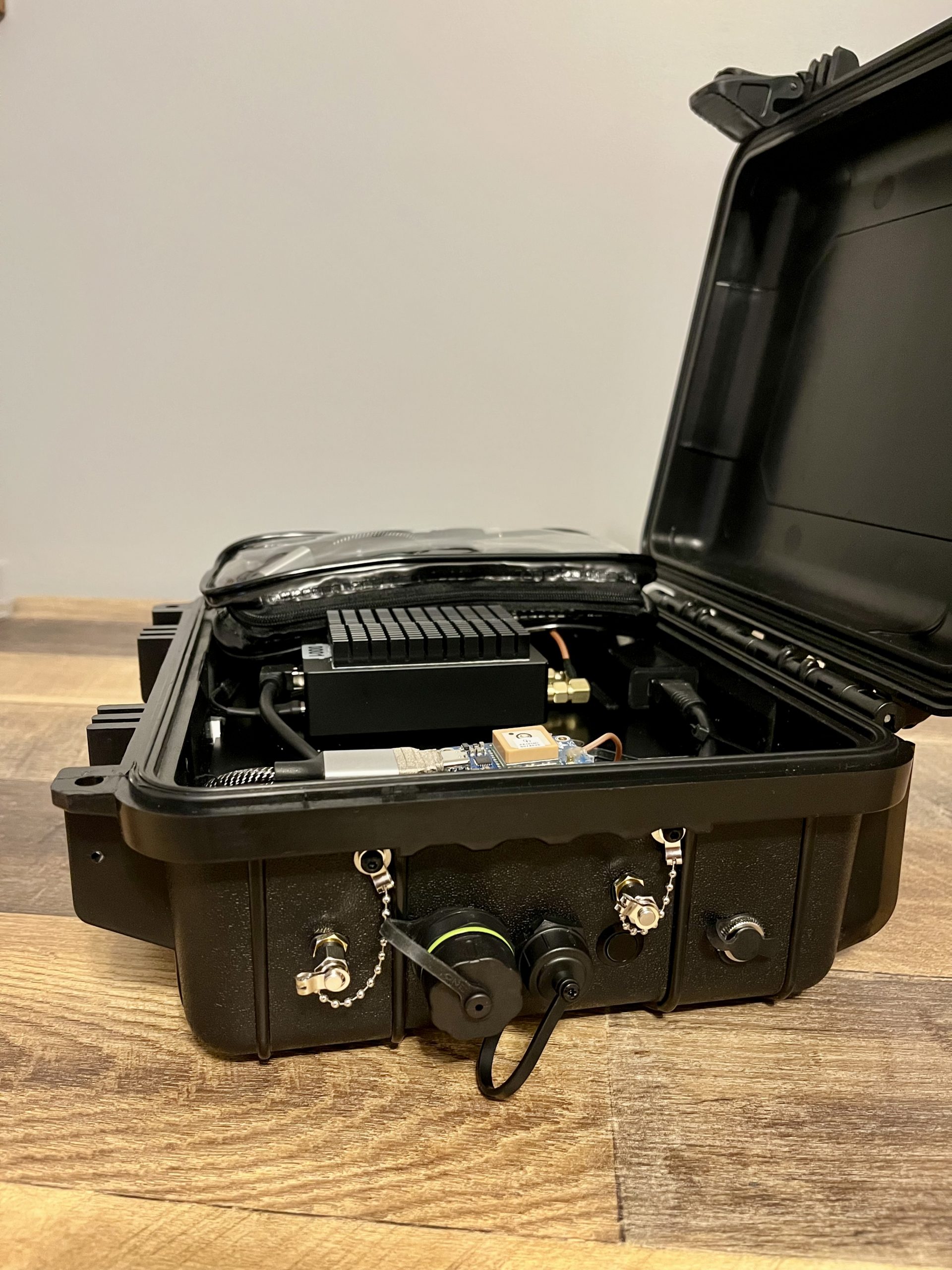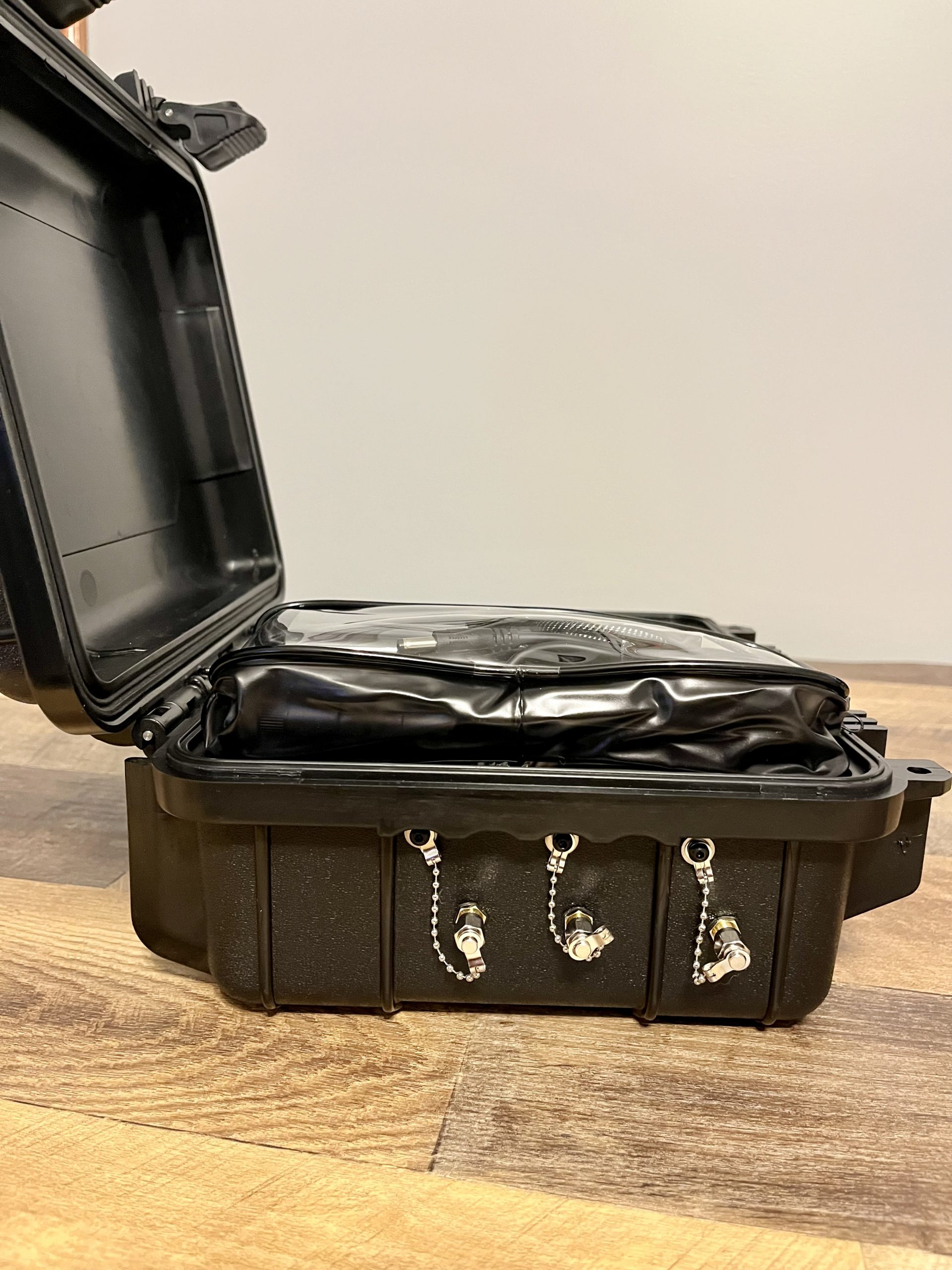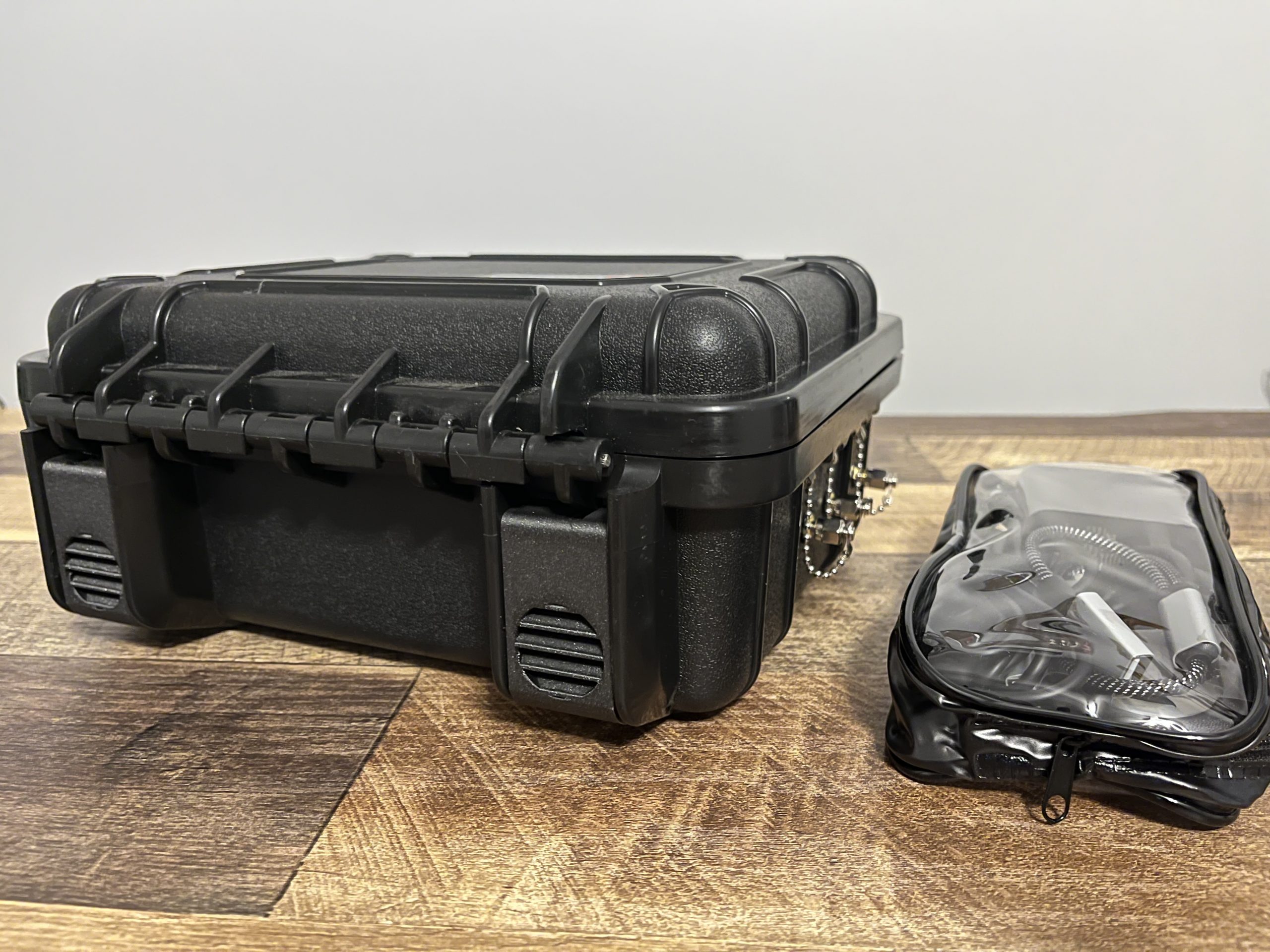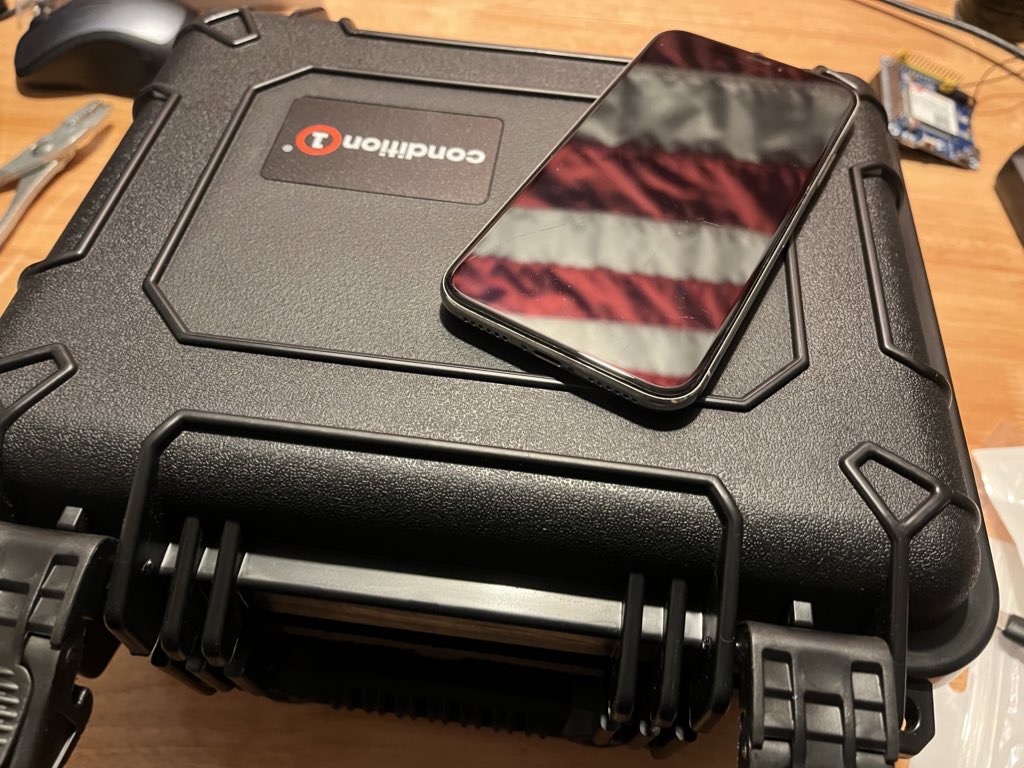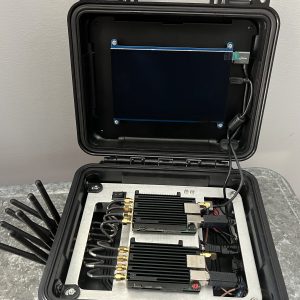WarDragon Pro Kit v3 w/ Advanced Drone Detection
$1,800.00
2 in stock
Description
USPS shipping rate included. Due to recent shipping concerns, the only option available on the storefront is US shipping.
**** 8/30/2025 I’m currently listing kits that I have completed and ready to ship. If you are willing to wait 1–2 weeks for shipment to occur, please contact me and I can directly invoice. ****
** Now shipping: V3 with Intel N150 CPU, 16GB RAM, 512GB drive, internal Wi-Fi 6 + BT 5.2, GPS (internal or external antenna), ANTSDR e200, and a Panda 2.4/5 GHz Wi-Fi adapter for complete Remote ID and Drone ID coverage. **
Unlock a new level of software-defined radio (SDR) and drone detection capabilities with the WarDragon Pro Kit. Built on the foundation of DragonOS—an operating system lovingly crafted by its sole creator and enriched through open-source collaboration—this comprehensive computing solution offers advanced drone Remote ID detection, robust SDR performance, and tightly integrated situational awareness tools.
Whether you’re tracking drone activity, analyzing wireless signals, or plugging directly into operational workflows like TAK or Lattice, the WarDragon Pro Kit sets a new standard for versatility and mission readiness.
Key Features:
- Powered by DragonOS: A Linux-based operating system meticulously crafted and continuously refined for SDR, EW, and drone detection workflows.
- Optimized Performance: Intel N150 processor, 16 GB RAM, 512 GB drive—fine-tuned with additional post-install software, including KrakenSDR support.
- Complete Drone Remote ID Coverage:
- Bluetooth Remote ID: DragonTooth BT dongle (Sniffle firmware) for FAA Bluetooth RID signals.
- Wi-Fi Remote ID (2.4 GHz): Custom ESP32 module dedicated to Wi-Fi RID beaconing.
- Wi-Fi Remote ID (5 GHz): Panda 2.4/5 GHz adapter expands coverage to 5 GHz RID beacons—ensuring your kit covers every RID band defined in FAA standards.
- Unlike other systems: The integrated SDR capability enables detection and decoding of DJI DroneID in Ocusync 2 & 3, and at minimum detection of Ocusync 4—going beyond Bluetooth/Wi-Fi RID to catch proprietary drone ID systems.
- DJI Ocusync DroneID SDR Workflow: ANTSDR E200 SDR replaces the Airspy R2, with UHD-like capabilities, Pluto-like flexibility, and DJI Drone ID focus. Beyond DJI detection, it remains a versatile general-purpose SDR for research, signal intelligence, and experimentation.
- Integration with TAK Ecosystem: Out of the box, the WarDragon Pro Kit integrates with ATAK, iTAK, WinTAK, and TAK Server. Send CoT messages for drone detections, KrakenSDR lines of bearing, GPS position, and Kismet results—directly into your TAK environment.
Early steps have also been taken to enable compatibility with Anduril Lattice, extending WarDragon Pro’s role as a multi-sensor node in advanced mesh and battle management systems. - Enhanced Wireless Toolset: Built-in Wi-Fi/BT plus Panda adapter support tools like Kismet, Aircrack-NG, and Sparrow-WiFi for wireless testing and intrusion detection.
- Connectivity & Expansion: Ethernet, dual-band Wi-Fi 6, BT 5.2, 2× HDMI, 4× USB 3.2, headless display option, GPS module, and multiple SMA pass-throughs with 2.4/5.8 GHz antennas.
- Comprehensive Pro Kit Build: Protective case, internal hub, custom louvers/covers, exhaust fan switch, external power button, DragonTooth dongle, ESP32 module, ANTSDR E200, Panda adapter, machined base plate, and ACM top plate.
- CyberEther GPU Acceleration: Future-ready Vulkan-based DSP acceleration framework (under active development).
- Community & Education: pySDR training materials + access to a YouTube community of ~10k subscribers actively using DragonOS and WarDragon.
Expand Your Knowledge:
Explore my WarDragon Pro YouTube playlist: YouTube Channel
For more on DragonOS: DragonOS on SourceForge
Upgrade your SDR and drone detection toolkit with the WarDragon Pro Kit—purpose-built for advanced signal processing, full Remote ID coverage (Bluetooth + Wi-Fi across 2.4 and 5 GHz), and DJI Ocusync DroneID detection—seamlessly integrated into TAK and Lattice environments.
